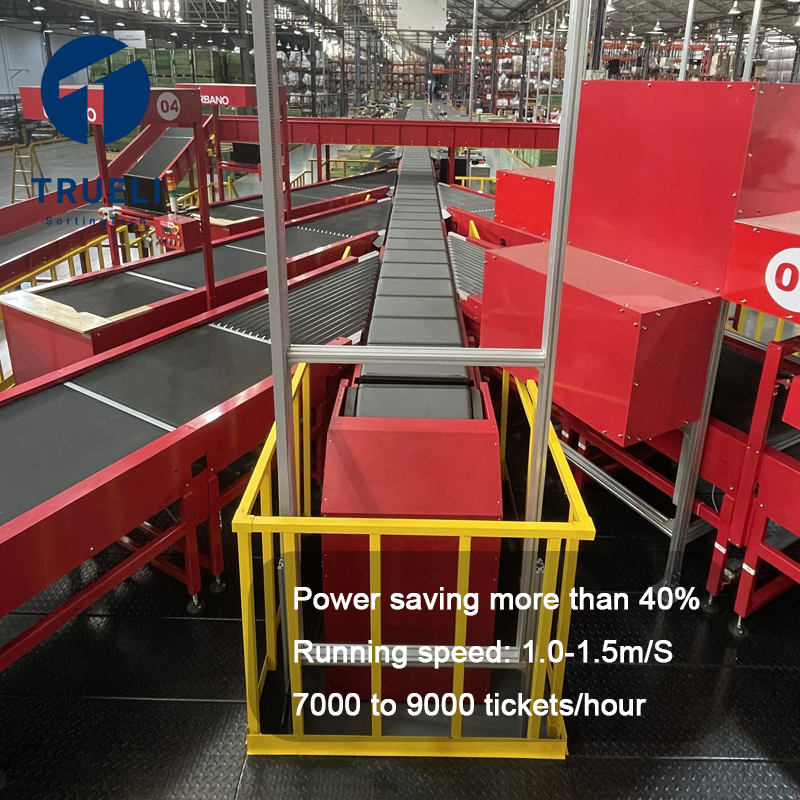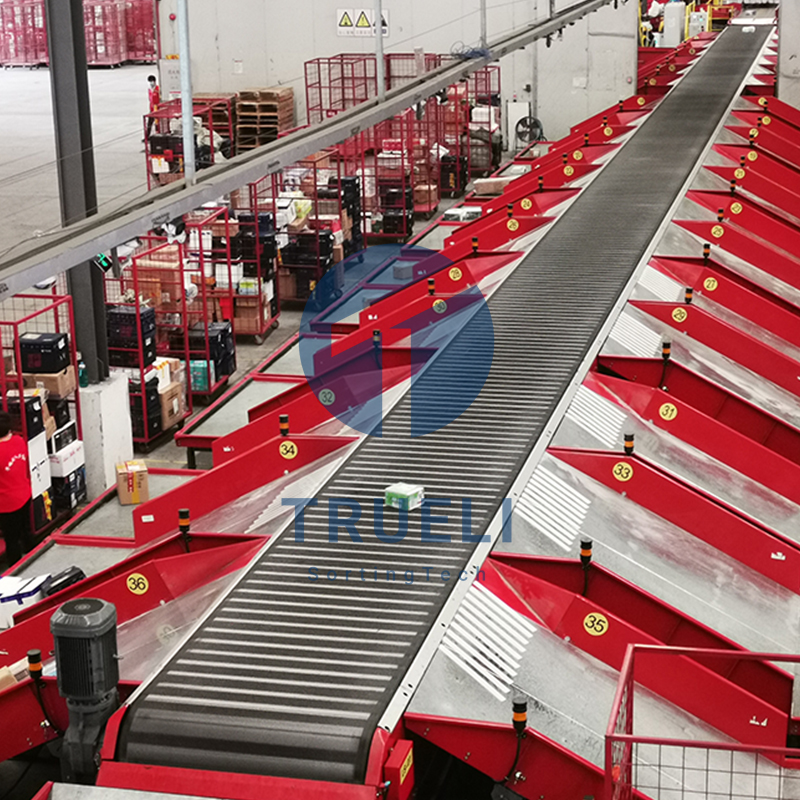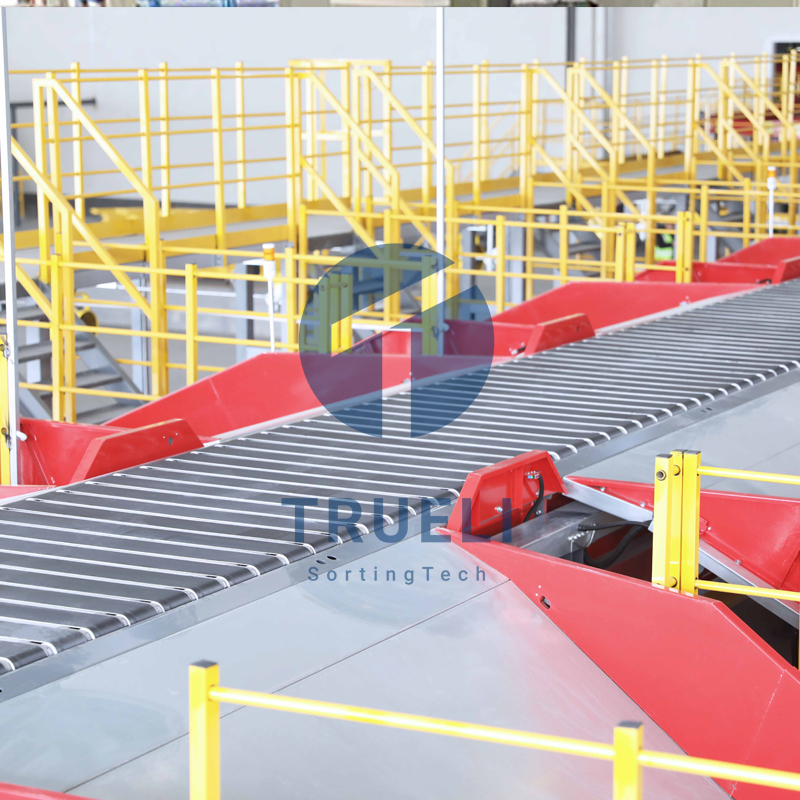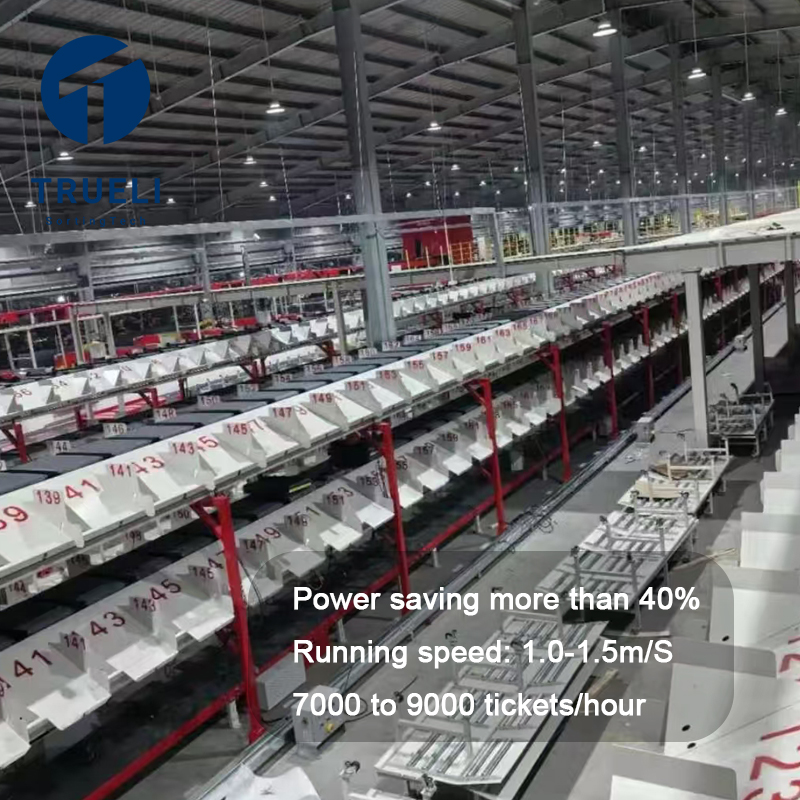As global commerce accelerates, the logistics industry faces unprecedented pressure to deliver faster, smarter, and more efficiently. Traditional manual handling processes are increasingly insufficient to meet the demands of modern supply chains, driving the adoption of automated sorting solutions across warehouses and distribution centers.
Automated sorting systems—ranging from cross belt sorters and narrow belt sorters to dynamic wheel sorters—are transforming operations by combining speed, precision, and reliability. These technologies allow for real-time tracking, automated routing, and error reduction, ensuring parcels reach the right destination quickly. Integration with warehouse management systems (WMS) further optimizes workflow, enhancing overall operational efficiency.
One of the key benefits of automation is scalability. Modular sorting lines can be adjusted to handle growing parcel volumes during peak seasons without major facility changes. Energy-efficient designs and predictive maintenance features also help minimize operational costs while maintaining high throughput and accuracy.
Accuracy and speed are critical in today’s market. With customer expectations of next-day and same-day delivery, even minor delays or errors can impact service quality. Automated sorting systems achieve accuracy rates exceeding 99%, reducing reliance on manual labor and mitigating human errors.
Looking forward, logistics facilities are increasingly leveraging AI and data analytics to optimize sorting operations, predict demand, and proactively prevent bottlenecks. Robotics and fully automated end-to-end solutions are becoming the new standard for high-volume distribution centers worldwide.
For companies aiming to stay competitive, investing in intelligent sorting systems is no longer optional—it is essential. By combining automation, data intelligence, and flexible design, businesses can meet growing demand, reduce operational risk, and provide faster, more reliable service to their customers.





